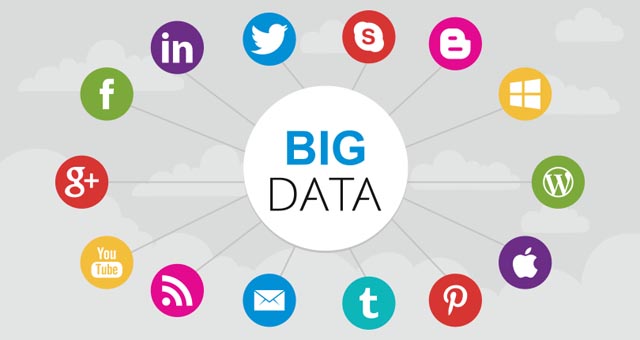
Social media is the world’s largest pool for market research. Much of its value comes from what people are sharing and how they express their preferences, but what used to be quantified by counting likes, shares, retweets, and follows has evolved into brands being able to identify what people are thinking and feeling, what’s working and what’s not when it comes to campaigns, and how best to engage with their audience. This real-time user generated data can prove invaluable for market research, gauging brand health, campaign optimization, and measuring client satisfaction.
Social Data
According to the social media management system, Hootsuite, social media data typically describes information created and curated by users and collected from public spaces such as:
- Social media networks: tweets, posts, favorites, sentiment
- Social search: keyword analysis and hashtag tracking
- Long-form publishing platforms: blogs, wikis, and social opinion sites such as Yelp
- Public multimedia content-sharing platforms: SlideShare, YouTube, Flickr, etc.
Social Listening
Social listening is the most transformative tool for mining social media for quantifiable data that can lead to actionable insights. It can inform product developments and service offerings throughout their lifecycle, provide visibility into competitor’s offerings, gauge customer sentiment, and provide real-time metrics on the effectiveness of marketing campaigns.
Social Media and the Evolution of the Web
The primary difference between social media data and the “web of the past” is that where static websites can be indexed and crawled for archival data, social media data is real-time and can be mined for “current awareness.” This is simultaneously the biggest advantage and the biggest potential hurdle of social media intelligence. While it’s instantly accessible and genuine information produced in real-time by real people, it also means that in order to derive meaningful insights from this data you have to define the right parameters for its use.
Fortunately, social media analytics has evolved from the days of counting likes, shares, retweets, and follows. Today’s analytics leaders go beyond these basic metrics and delve deeper into the thoughts and behavior of their brand’s potential and active customers. Social media data give insight into overall brand health, customer satisfaction, and marketing optimization that informs better decision making and business success.
The University of Alabama at Birmingham’s Collat School of Business understands these emerging trends and has designed its online Masters of Science in Management Information Systems program to develop professionals into business analytics leaders. Graduates learn to take the vast quantity of quantifiable data available through social media and distill it into business intelligence that executives can use to drive decision making. The comprehensive and rigorous curriculum was developed in consultation with the business community to address the skills most urgently needed, from data collection and analysis through implementation and application. The program arms students with the technical skills needed to collect and analyze data, as well as the business skills needed to translate it into the intelligence that will give you and your organization a competitive advantage.
